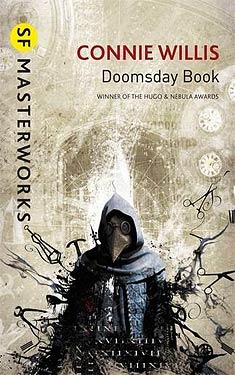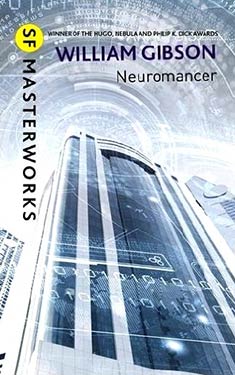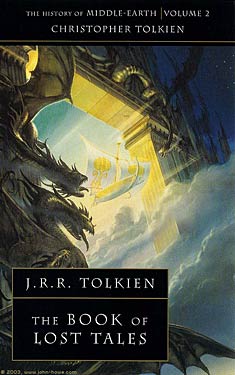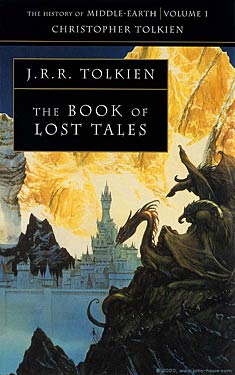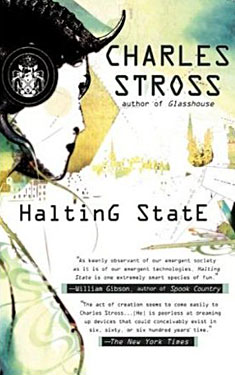S.M. Stirling
Completed 8/18/2015, Reviewed 8/18/2015
3 stars
The geek shall inherit the earth. According to the author, SCA, Tolkien, and
Renaissance Festival aficionados, as well as Wiccans, stand the best
chance. So will a few farmers,
survivalists, motorcycle gang members, and history and engineering professors when
all technology is wiped out in a bizarre cataclysmic event. Those who don’t perish quickly from lack of
food and water and exposure to the elements return to a Middle Ages existence,
coming together in small groups, or attempting to create maniacal oppressive kingdoms. Stirling creates a very realistic
post-apocalyptic scenario with great detail.
For me, the detail derailed my interest in the story, keeping me from
developing a strong relationship with the plight of the main characters.
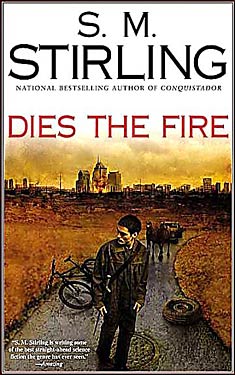 Don’t get me wrong, I think the detail adds an authenticity
to the premise of the book. The main
characters who come together at the beginning of the catastrophe all bring
different talents to the pool. Because
there are so many SCA and renfest folks, there are a lot of good horse riders,
archers, and swordfolk. Not only is
electrical technology kaput, but even gunpowder doesn’t burn explosively
anymore. So these Middle Ages weapon wielders
teach the others in their new clans how to build these weapons and use them to
hunt and defend themselves. They plant
and harvest food, hunt game, and build new homes away from the cities. All this activity convinces you that people
could survive this kind of catastrophe.
Don’t get me wrong, I think the detail adds an authenticity
to the premise of the book. The main
characters who come together at the beginning of the catastrophe all bring
different talents to the pool. Because
there are so many SCA and renfest folks, there are a lot of good horse riders,
archers, and swordfolk. Not only is
electrical technology kaput, but even gunpowder doesn’t burn explosively
anymore. So these Middle Ages weapon wielders
teach the others in their new clans how to build these weapons and use them to
hunt and defend themselves. They plant
and harvest food, hunt game, and build new homes away from the cities. All this activity convinces you that people
could survive this kind of catastrophe.
But for me, it took too much away from the more exciting
parts of the plot, attacks by bears, psychos, cannibals, motorcycle gangs, and the
“Protector”. It also watered down the
character development. I found myself
wandering during these geeky parts and losing track of the plot, and
particularly, new people. And as this
book is about survivors coming together and across one another, there are a lot
of minor characters. At one point about
halfway through the book, I realized I had forgotten who several of the
characters were, just having to rely on knowing that they are with the “good
guys”. By the end, I felt pretty bored and was skipping pages, just trying to finish.
On the other hand, I have to say that the main characters are
very interesting. The leader of one
group, the Mackenzies, is Juniper, a Wiccan singer-songwriter. She is
completely likeable, strong, and intelligent.
It is very refreshing to have such a non-traditional character making a
positive impact in the story. Mike, the
leader of the Bearkillers is male, but he has the Tolkien fan in his
group. She’s a teenager who would rather
be an elf, and she teaches the members of this clan how to use a bow and
arrow. But it’s Juniper and Mike’s journeys
that drive the story. I liked them, I
just thought I would have liked them more if the book kept me more
engaged.
One thing that I really liked about the book’s concept was
that this global catastrophe takes place in 1998 even though the book was
published in 2004. I believe it’s
because the source of the event takes place in 1998 when the first book of
Stirling’s Nantucket series was published.
So the events take place “now”, sort of.
So it’s not like “2001: A Space Odyssey”, which made me despair a little
when the year came and went with no alien contact. But
with “Dies the Fire”, I don’t secretly get my hopes up that this will happen in
say 2020 and I finally get to use my Boy Scout archery skills. I don’t know if that makes sense, but I
thought the time scheme just seemed creative and novel, a little like
alternative history.
I think a lot of people will like this book better than I
did, especially my Renfest and cosplay friends and relatives. I give the book three out of five stars, but
I completely understand people who would rate the book higher, and encourage my Renfest friends to read this book. I actually toyed with giving it two stars, but gave it the benefit of the doubt because of its high geek potential. I probably won’t
read the eleven sequels or the origin “Nantucket” series, but I’d be glad to
hear recaps from folks who do read them.
